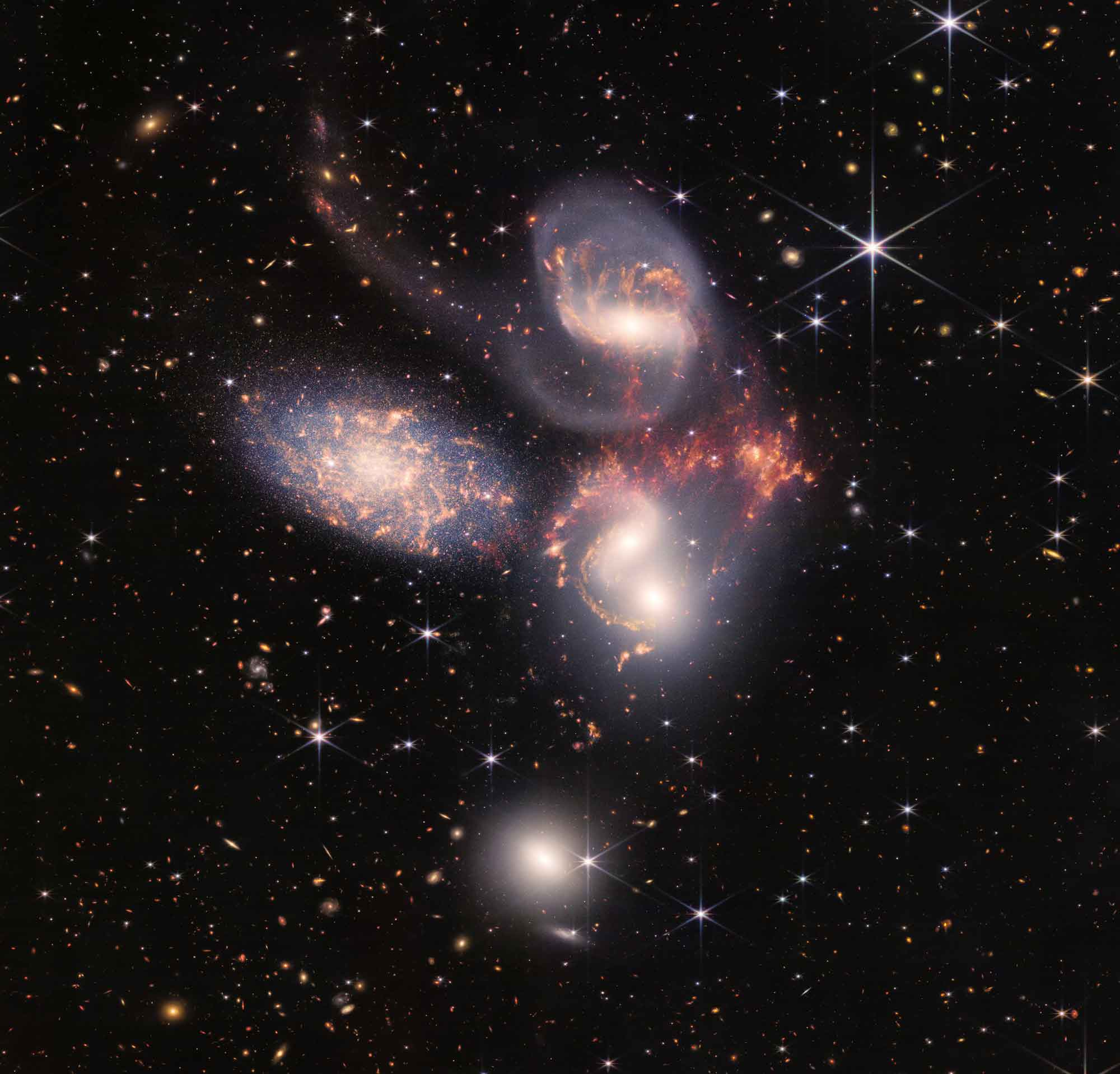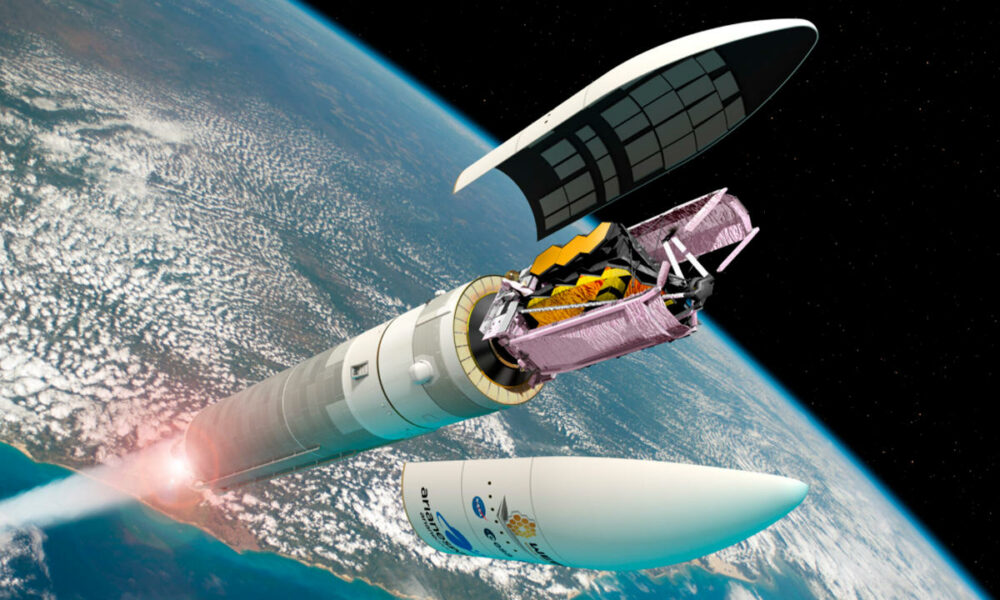Yesterday we were able to advance the first of the images captured by James Webb, and as planned, the rest of the images were released today. And if yesterday’s image, which showed us the massive star cluster SMACS 0723, already left us speechless, the images that we could see directly today took us to some of the places reproduced in them, partly trying to interpret them, and partly enjoying unpublished views.
So let’s see what James Webb showed us, and why the time and money invested in the project paid off, not only because of these images, of course, but because we can imagine it coming

SMACS 0723
As we told you yesterday, this image shows the galaxy cluster SMACS 0723 as it looked 4.6 billion years ago, with the peculiarity that it also allows us to observe the surprising gravitational lensing effect caused by the combined mass of the galaxies closest to the socket. To think that the large number of “dots” shown in this image are galaxies (of various sizes) is a stark reminder of the vastness of the universe.

WASP-96b
WASP-96b is a hot, bloated gas giant planet orbiting a distant Sun-like star, and observations of it have revealed signs of water along with evidence of clouds and haze. So we see that James Webb will allow not only to observe more distant objects, but also to capture them with a much higher resolution, which in turn will allow more complex analyzes of the observed objects.

Southern Ring Nebula (NGC 3132)
This dust-covered star, located about 2,500 light-years away, has been emitting rings of gas and dust in all directions for thousands of years, and is now in its dying stages. Being able to study it at this point will offer scientists an even better understanding of the life cycle of stars and what happens to them once they die.

Stephan’s Quintet
Galaxies are not isolated elements of the universe. On the contrary, they interact with each other and are able to merge (as will happen with the Milky Way and Andromeda in 5,860 million years). With this image, which has more than 150 million pixels in its original version and is compiled from nearly 1,000 individual image files taken by James Webb, scientists will be able to analyze these interactions in much more detail and see how they may have led to the development of galaxies in the early universe.

Carina Nebula
It almost seems like we’re looking at a landscape of mountains and valleys, but we’re actually seeing a nearby and young star-forming region of the universe, a type of region that was already known but still existed. could not be observed. the tallest “peaks” in this image are about 58 light-years high. The cavernous zone was carved into the nebula by intense ultraviolet radiation and stellar winds from extremely large and hot young stars.
Images and information: NASA
